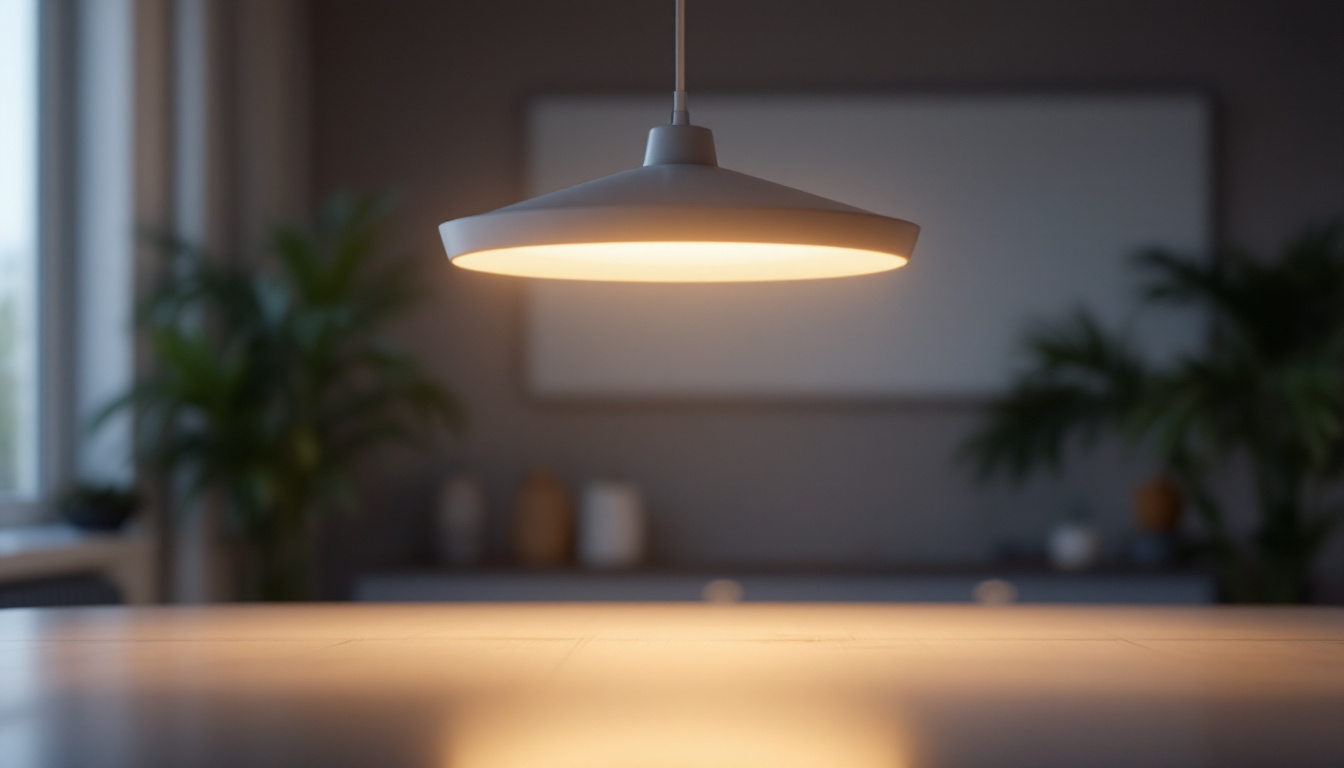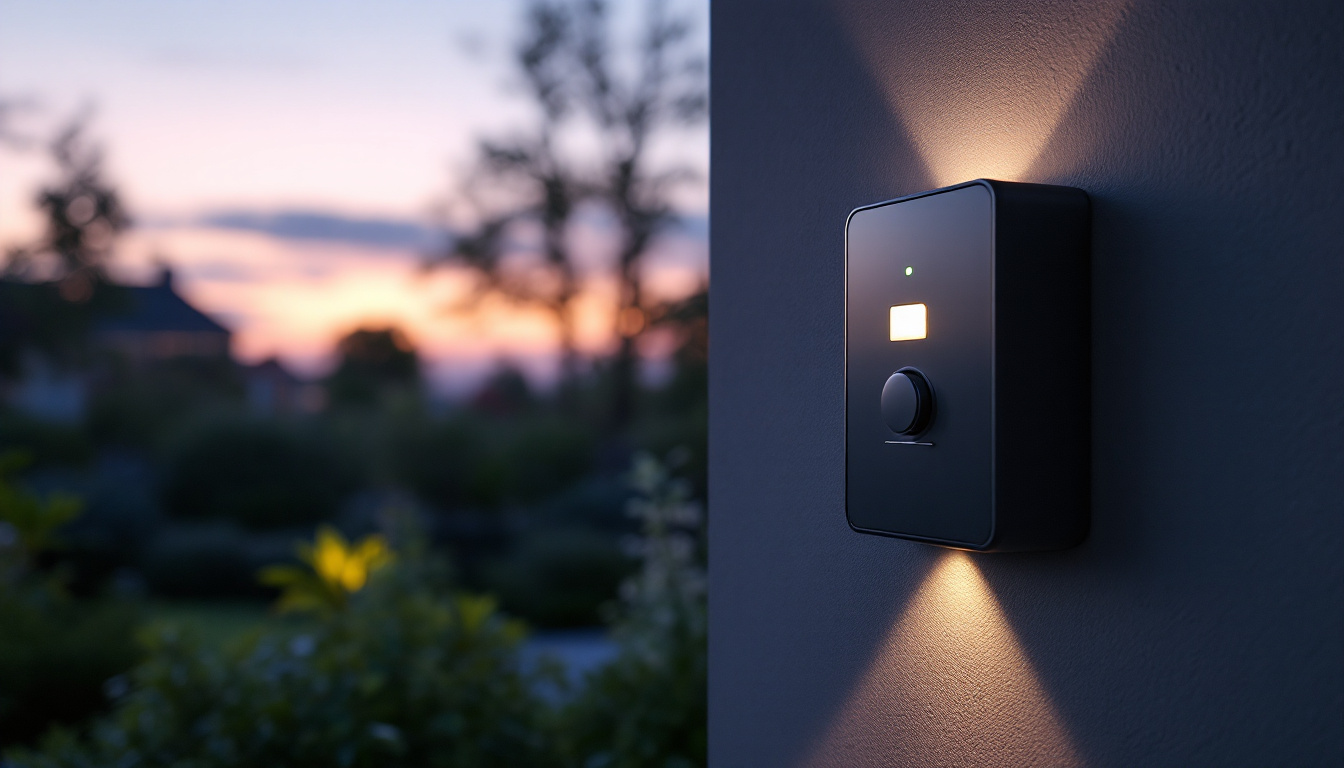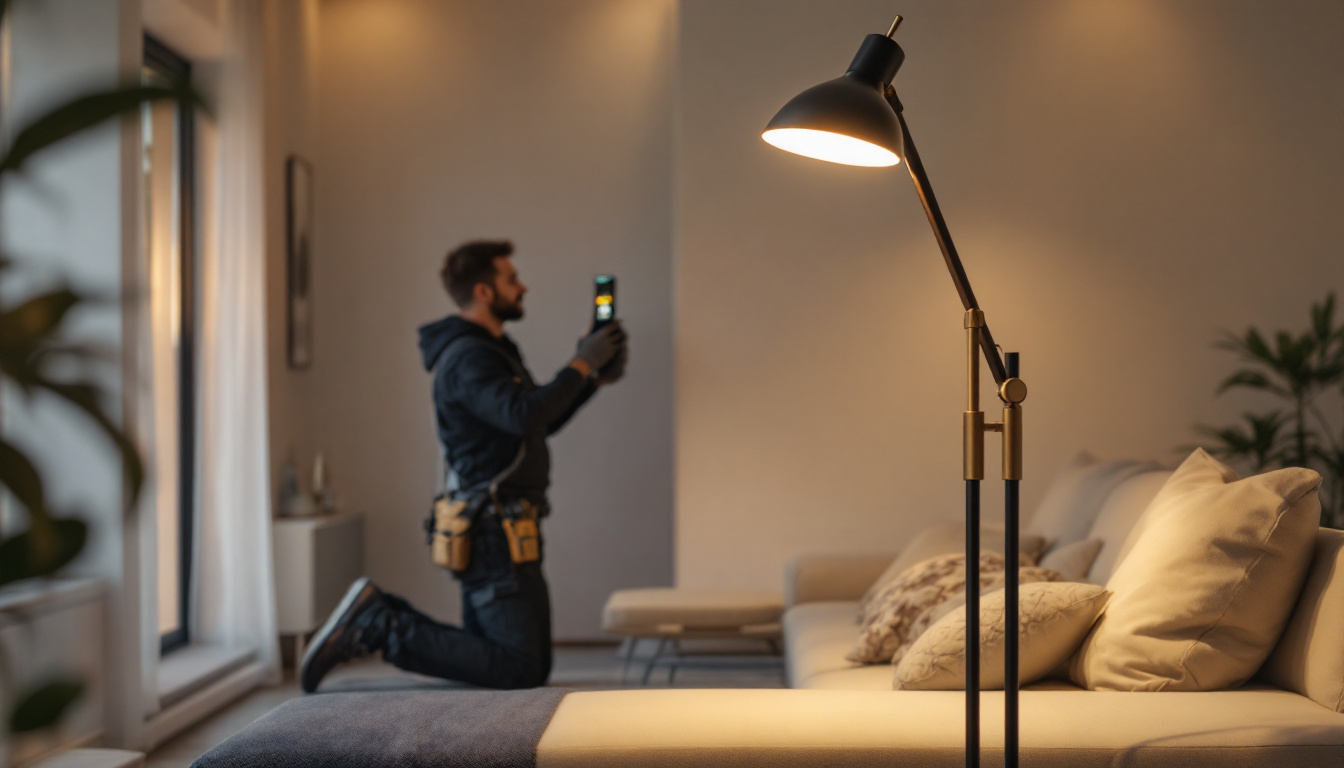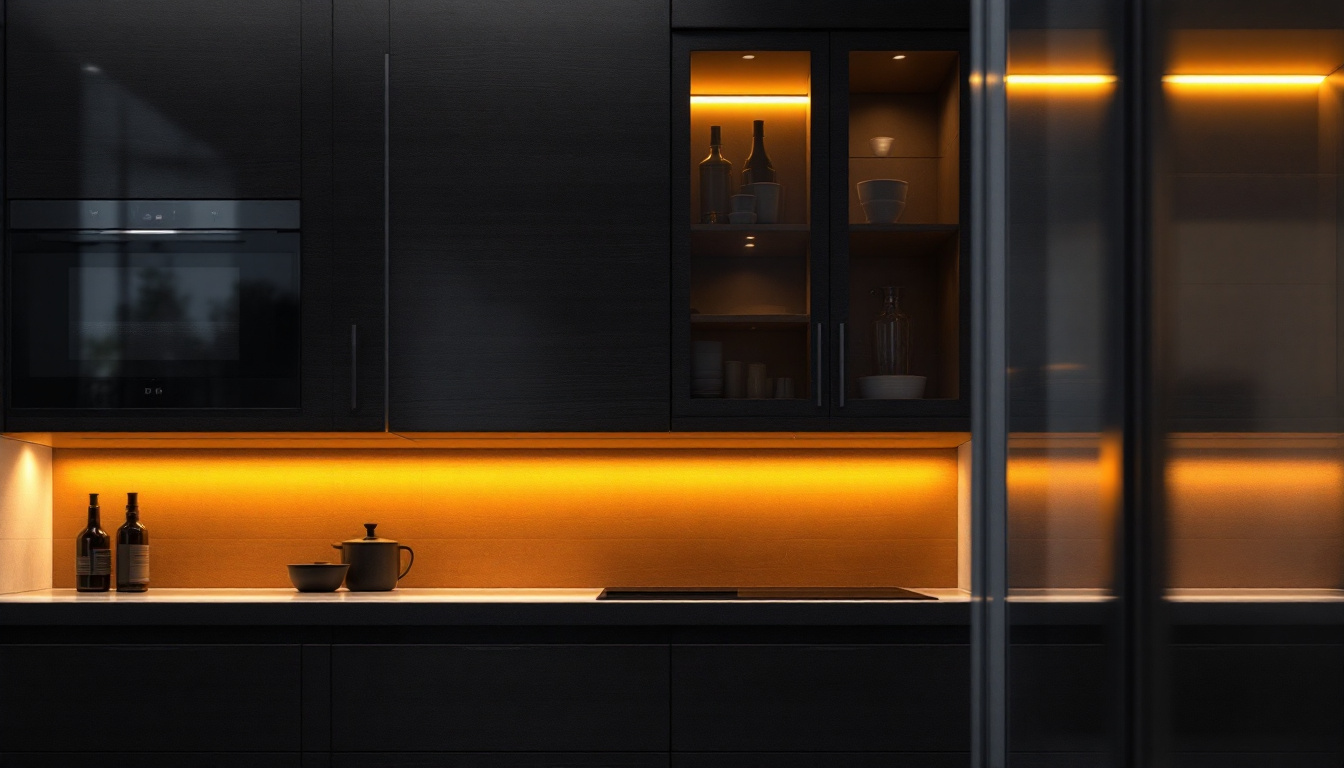
In the realm of lighting design and installation, Overhead light fixtures play a pivotal role in shaping the ambiance and functionality of a space. For lighting contractors, understanding the nuances of these fixtures is essential not only for successful installations but also for meeting client expectations and adhering to safety standards. This article delves into the various aspects of overhead light fixtures that every lighting contractor should be well-versed in.
Overhead light fixtures come in a variety of styles, each designed to serve specific purposes and aesthetic preferences. Familiarity with these types can enhance a contractor’s ability to recommend the best solutions for their clients.
Flush mount fixtures are designed to sit snugly against the ceiling, making them ideal for spaces with low ceilings. These fixtures provide a clean and unobtrusive look while delivering ample illumination. They are commonly used in hallways, bedrooms, and kitchens, where space is often limited.
When selecting flush mount fixtures, contractors should consider the wattage and brightness to ensure they meet the lighting needs of the room. Additionally, the design should complement the overall decor to create a cohesive look.
Pendant lights hang from the ceiling and can serve as both functional and decorative elements. They are particularly popular in dining areas, kitchens, and entryways, where they can create a focal point. The height at which pendant lights are installed is crucial; they should be positioned to provide adequate lighting without obstructing views or movement.
Contractors should also be aware of the various styles and materials available for pendant lights, from sleek modern designs to rustic fixtures. This variety allows for customization to suit the specific tastes of clients.
Chandeliers are often associated with elegance and grandeur. These fixtures can dramatically enhance the aesthetic of a room, making them suitable for dining rooms, foyers, and living areas. When installing a chandelier, it is essential to consider the scale of the room and the fixture itself to ensure they are proportionate.
Beyond aesthetics, chandeliers can also vary in terms of light output and energy efficiency. Contractors should guide clients toward options that align with their preferences and energy-saving goals.
Proper installation of overhead light fixtures is critical to ensure safety, functionality, and longevity. Lighting contractors must pay attention to several key factors during the installation process.
Before installing any overhead light fixture, it is imperative to assess the existing electrical wiring. Contractors should ensure that the wiring is up to code and capable of supporting the new fixture’s power requirements. This includes checking for any signs of wear or damage that could pose safety risks.
Additionally, understanding the load capacity of the electrical circuit is essential. Overloading a circuit can lead to tripped breakers or, in severe cases, electrical fires. Contractors should always prioritize safety by adhering to local electrical codes and regulations.
Overhead fixtures require secure mounting to prevent accidents. Depending on the weight and design of the fixture, contractors may need to install additional support brackets or use specific mounting hardware. For heavier fixtures like chandeliers, it is crucial to ensure that the support structure can bear the weight.
Proper alignment is also key to achieving a professional finish. Fixtures should be level and positioned at an appropriate height to provide optimal lighting without hindrance.
Once the fixture is installed, thorough testing is essential. Contractors should check the functionality of the fixture, ensuring that all bulbs are working correctly and that the fixture is securely mounted. Adjustments may be necessary to achieve the desired lighting effect, particularly with dimmable fixtures or those with adjustable arms.
Providing clients with guidance on how to operate and maintain their new fixtures can enhance their satisfaction and ensure longevity. This includes explaining how to change bulbs and clean the fixture properly.
As energy efficiency becomes increasingly important in lighting design, contractors must stay informed about the latest technologies and trends. Overhead light fixtures are no exception, and there are several ways to enhance their energy efficiency.
LED lights have revolutionized the lighting industry, offering significant benefits over traditional incandescent and fluorescent bulbs. They consume less energy, have a longer lifespan, and produce less heat, making them a safer option for overhead fixtures.
When recommending LED options to clients, contractors should highlight the various color temperatures available, allowing clients to choose the ambiance they desire. Additionally, many LED fixtures now come with integrated dimming capabilities, providing even greater control over lighting levels.
Smart lighting technology is gaining traction in residential and Commercial spaces alike. Overhead fixtures can now be integrated with smart home systems, allowing users to control lighting remotely, set schedules, and even adjust brightness through voice commands.
Educating clients about the benefits of smart lighting can enhance their overall experience and satisfaction with their overhead fixtures. Contractors should be prepared to assist with the installation and setup of these systems, ensuring that clients can fully utilize their features.
In addition to energy efficiency, many clients are increasingly concerned about the environmental impact of their lighting choices. Contractors should be well-versed in sustainable lighting practices, including the use of recyclable materials and eco-friendly manufacturing processes.
Encouraging clients to choose fixtures that are certified by recognized environmental organizations can help them make informed decisions that align with their values. This not only benefits the environment but also enhances the contractor’s reputation as a responsible and knowledgeable professional.
Staying updated on design trends is crucial for lighting contractors looking to provide their clients with the most current and appealing options. Overhead lighting trends can significantly influence the overall aesthetic of a space.
Minimalistic designs have gained popularity in recent years, emphasizing clean lines and simplicity. Overhead fixtures that embody this trend often feature geometric shapes and neutral colors, allowing them to blend seamlessly with various decor styles.
Contractors should be prepared to recommend fixtures that align with this trend, focusing on those that provide functionality without overwhelming the space. This approach can appeal to clients seeking a modern and uncluttered look.
On the opposite end of the spectrum, industrial and vintage lighting styles continue to captivate homeowners and businesses alike. Fixtures that incorporate materials like metal, wood, and glass can create a unique and inviting atmosphere.
Contractors should be knowledgeable about sourcing these types of fixtures and understanding how to integrate them into different environments. This knowledge can help clients achieve a cohesive design that reflects their personal style.
Color and finish play a significant role in the overall impact of overhead light fixtures. While traditional finishes like chrome and brass remain popular, bold colors and unique finishes are emerging as favorites among design-savvy clients.
Contractors should encourage clients to explore various options, including matte black, brushed gold, and even vibrant hues. This can help create a distinctive look that enhances the character of the space.
Proper maintenance of overhead light fixtures is essential for ensuring their longevity and performance. Contractors should provide clients with clear guidelines on how to care for their fixtures.
Dust and grime can accumulate on overhead fixtures, diminishing their brightness and appeal. Contractors should recommend specific cleaning methods based on the materials used in the fixture. For example, glass fixtures may require gentle cleaning solutions, while metal fixtures might need a different approach to avoid scratches.
Encouraging clients to establish a regular cleaning schedule can help maintain the aesthetic and functionality of their lighting. Simple tips, such as using microfiber cloths and avoiding harsh chemicals, can go a long way in preserving the integrity of the fixtures.
Overhead fixtures often require bulb replacements, and contractors should educate clients on how to do this safely and effectively. Providing information on the types of bulbs compatible with their fixtures can prevent confusion and ensure optimal performance.
Additionally, contractors should emphasize the importance of turning off power before attempting to replace bulbs, as this is a crucial safety step. Offering to assist with bulb replacements during routine maintenance visits can also enhance client satisfaction.
Over time, overhead fixtures may encounter various issues, such as flickering lights or inconsistent brightness. Contractors should be prepared to troubleshoot these problems and provide clients with solutions.
Common issues may stem from faulty wiring, incompatible bulbs, or even the fixture itself. Offering clients guidance on when to seek professional assistance can help them avoid potential hazards and ensure their lighting remains functional.
In the ever-evolving field of lighting design, overhead light fixtures remain a fundamental element that shapes the atmosphere and functionality of spaces. For lighting contractors, a comprehensive understanding of the various types of fixtures, installation considerations, energy efficiency, design trends, and maintenance practices is essential for success.
By staying informed and adapting to the needs and preferences of clients, contractors can elevate their services and establish themselves as trusted experts in the field. Whether it’s recommending the perfect fixture for a residential space or ensuring a commercial installation meets safety standards, knowledge and professionalism are key to thriving in the lighting industry.
Ultimately, the ability to navigate the complexities of overhead light fixtures will not only enhance the contractor’s skill set but also contribute to the satisfaction and enjoyment of their clients for years to come.
Ready to take your lighting installations to the next level? At LumenWholesale, we provide lighting contractors with the finest selection of spec-grade overhead light fixtures at prices that can’t be beaten. Say goodbye to local distributor markups and hello to our premium, industry-standard lighting solutions. With free shipping on bulk orders, you can stock up on high-quality lighting without worrying about hidden costs. Elevate your service offerings and delight your clients with the perfect combination of quality, affordability, and convenience. Discover the best value in wholesale lighting by visiting Wholesale Lighting at the Best Value today.

Discover how outdoor light timer switches are revolutionizing modern lighting solutions by enhancing energy efficiency, security, and convenience.

Discover how offering floor lamps for sale can illuminate new business opportunities for lighting contractors.

Discover why LED tape cabinet lighting is becoming a must-have for lighting contractors.

Discover the top strategies lighting contractors use to transform gardens with solar lights.